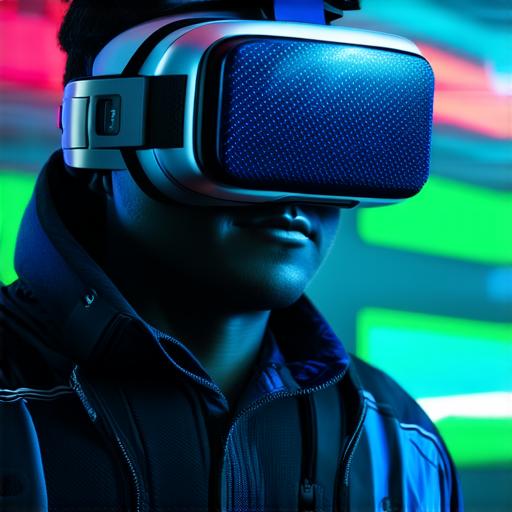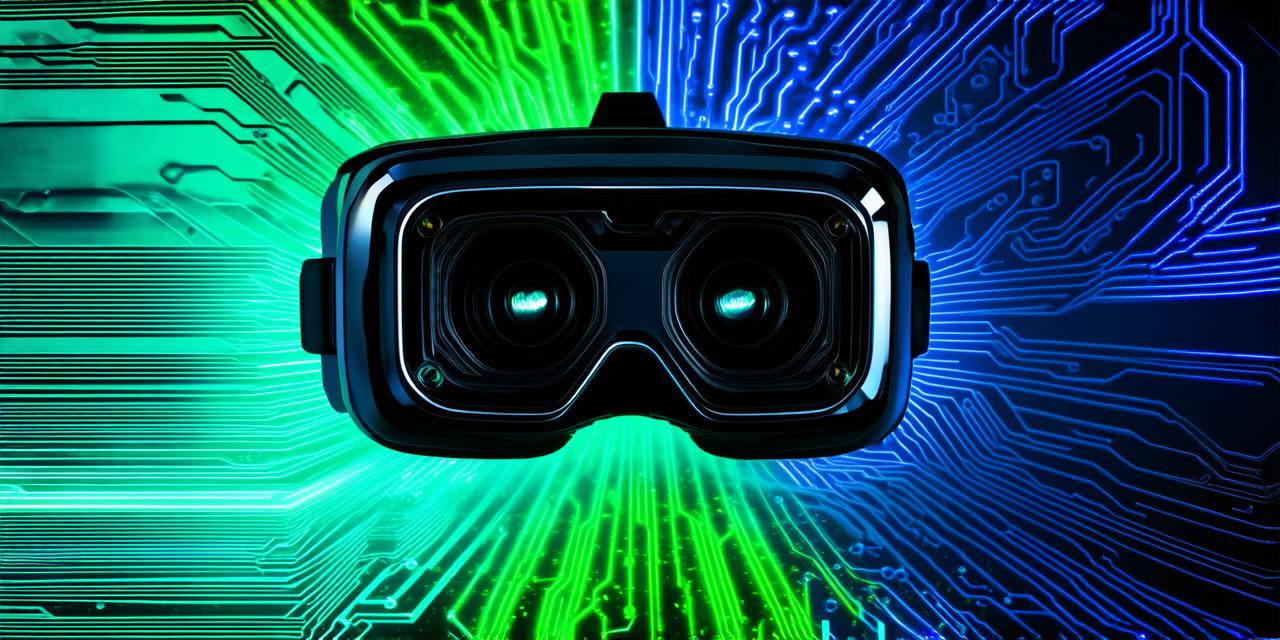Here’s the corrected HTML code for the article:
Virtual reality (VR) technology has been rapidly advancing in recent years, and it’s natural to wonder if VR will eventually replace physical reality. Some argue that VR is already replacing aspects of physical reality, while others believe that it will never fully replace the real world. In this article, we will explore both sides of the debate and examine how VR may impact our daily lives in the future.
Virtual Reality: The Immersive Experience
One of the main advantages of virtual reality is its ability to provide a highly immersive experience that can transport users to different worlds and environments. VR headsets and controllers allow users to interact with virtual objects, move through virtual space, and even feel as if they are physically present in a different environment. This level of immersion has the potential to be incredibly powerful, allowing people to experience things that they may never have the opportunity to see or do in the real world.
Virtual reality is already being used in a variety of fields, including gaming, education, and healthcare. In gaming, VR provides an entirely new way for players to interact with games, offering a level of immersion that was previously impossible. For example, players can explore virtual worlds and engage in physical combat with other players or non-player characters. This level of immersion has the potential to make video games more engaging and exciting than ever before.
In education, VR is being used to provide students with immersive learning experiences that allow them to explore different environments and interact with virtual objects. For example, medical students can practice surgeries in a virtual environment, allowing them to gain valuable experience without risking the lives of real patients. Similarly, history students can explore ancient civilizations or even time travel to different eras, providing them with a unique perspective on historical events.
Virtual reality is also being used in healthcare to provide patients with immersive experiences that can help them cope with pain and anxiety. For example, patients suffering from chronic pain can use VR to create their own virtual environments that allow them to distract themselves from pain and focus on other things. Similarly, patients suffering from anxiety or PTSD can use VR to confront their fears in a safe and controlled environment.
However, some argue that VR is not the best solution for certain applications, such as education or healthcare. They point out that while VR may provide a highly immersive experience, it lacks some of the key elements of real-world interaction, such as social interaction and tactile feedback.

Physical Reality: The Real Deal
While virtual reality provides an immersive experience, physical reality offers something that VR cannot replicate: the real deal. Physical reality is often described as the gold standard for human experience, providing us with a rich tapestry of sensory input that allows us to interact with the world around us in meaningful ways.
One of the key advantages of physical reality is the social interaction that it provides. Humans are inherently social creatures, and our ability to connect with others is one of our greatest strengths. Physical reality offers us the opportunity to engage in social interactions with people from all walks of life, allowing us to build relationships, learn new things, and grow as individuals.
Another advantage of physical reality is the tactile feedback that it provides. Our senses allow us to interact with the world around us in tangible ways, providing us with a sense of touch, taste, and smell that cannot be replicated by virtual technology. This tactile feedback allows us to explore the world around us in a way that VR simply cannot match.
However, some argue that physical reality is not without its limitations. For example, it can be dangerous or uncomfortable at times, such as when we are exposed to extreme temperatures or hazardous materials. Additionally, physical reality can be limiting in terms of our ability to experience things that we may never have the opportunity to see or do in real life.
The Great Debate: Virtual Reality vs Physical Reality
As we can see, both virtual reality and physical reality have their own unique advantages and limitations. Ultimately, the debate between VR and physical reality will likely continue for years to come, as new technologies emerge and our understanding of how to use them evolves.
However, one thing is clear: virtual reality and physical reality are not mutually exclusive. In fact, they may even work together to create a more immersive and engaging experience than either could offer alone. For example, VR technology can be used to enhance our understanding of the real world, while physical reality can provide us with the social interaction and tactile feedback that we need to thrive as individuals.
In conclusion, the debate between virtual reality and physical reality is a complex one, with each side offering its own unique advantages and limitations. While VR may offer an immersive experience that transports users to different worlds and environments, physical reality provides us with the real deal: the rich tapestry of sensory input that allows us to interact with the world around us in meaningful ways. Ultimately, it’s up to each individual to decide which experience is most important to them, but one thing is clear: virtual reality and physical reality are not mutually exclusive, and may even work together to create a more immersive and engaging experience than either could offer alone.
